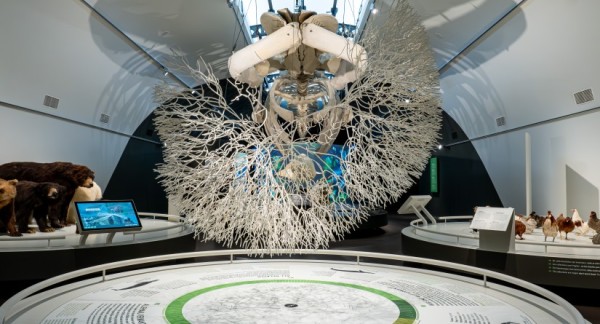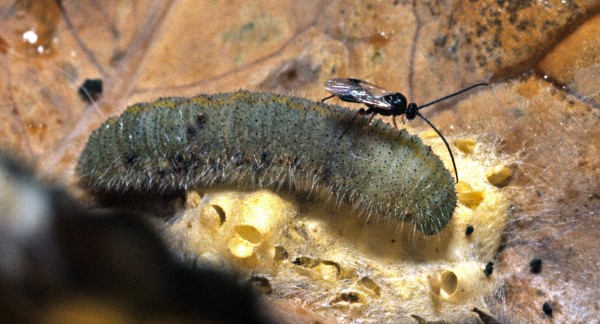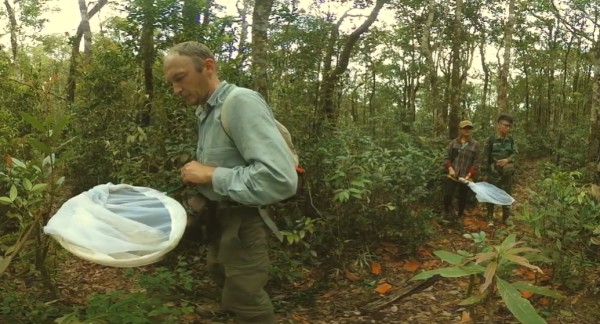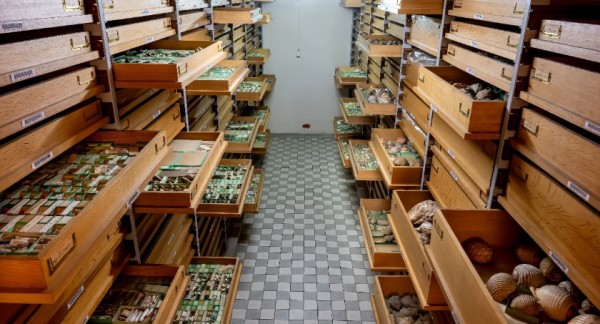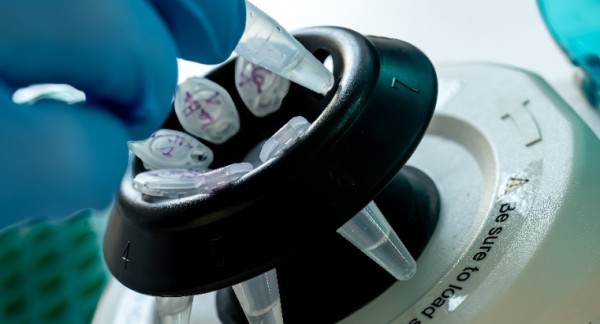What you can do: contribute to taxonomy
So could you say that taxonomy relies quite heavily on citizen science? It always did. - Thierry Backeljau.
You don’t need to be a scientist to contribute to taxonomy! Citizen science projects let anyone help identify species, track biodiversity, and even uncover new discoveries. From schoolchildren describing stick insects (Stick insect project) to Facebook users documenting Cambodian lanternflies (Lanternfly project), ordinary people are making extraordinary contributions. Want to start today? Join projects like Flatworm project or learn about the amazing world of citizen science (Citizen science overview).
And hey, who knows? Maybe you’ll be the next person a species is named after! Just like this volunteer who got a fossil crab named in their honour ( Volunteer crab).
To do citizen science, you also need scientists – Jerome Constant.
While everyone can play a role, behind every community project are experts who verify data, guide research, and ensure discoveries stand the test of time.
How to Become a Taxonomist: Keep the Legacy Alive!
Inspired to go further? Here’s how to turn curiosity into a career:
-
Start with Science: Study biology, ecology, or environmental science. Fieldwork and lab skills are key!
-
Get Hands-On: Volunteer at museums, herbaria, or universities to learn specimen preservation and identification.
-
Specialize: Taxonomy spans fungi, insects, marine life—find your niche and connect with mentors.
-
Embrace Tech: Master tools like DNA barcoding and 3D imaging to stay at the forefront.
-
Share Knowledge: Teach others, publish findings, and advocate for biodiversity.
Taxonomy isn’t just a "dusty old science"—it’s a living, breathing adventure that needs your curiosity. Whether you’re a weekend naturalist or a future expert, every effort counts. With species disappearing faster than we can document them, we need a new generation of taxonomists - will you answer the call?

